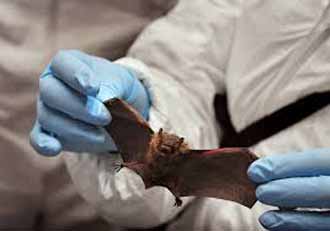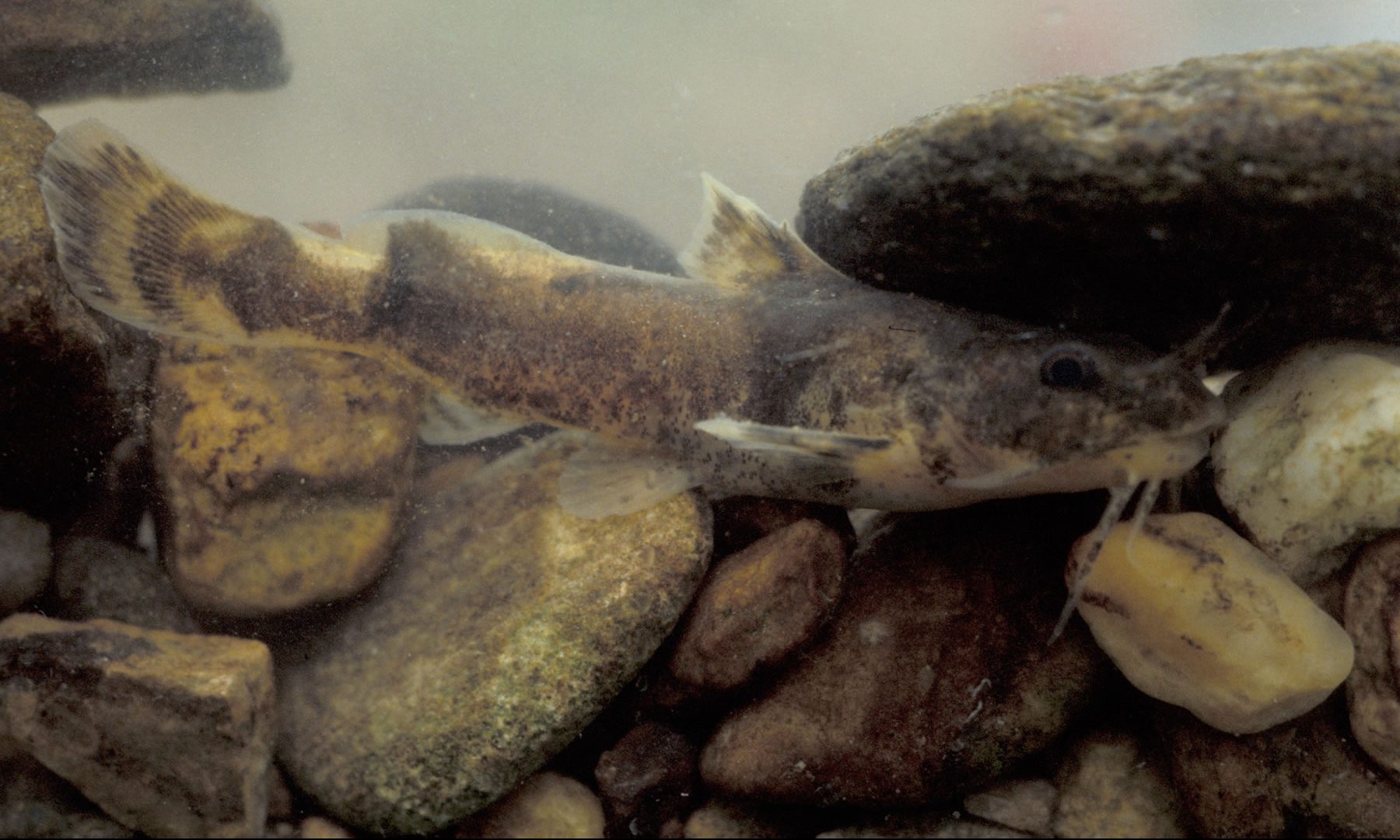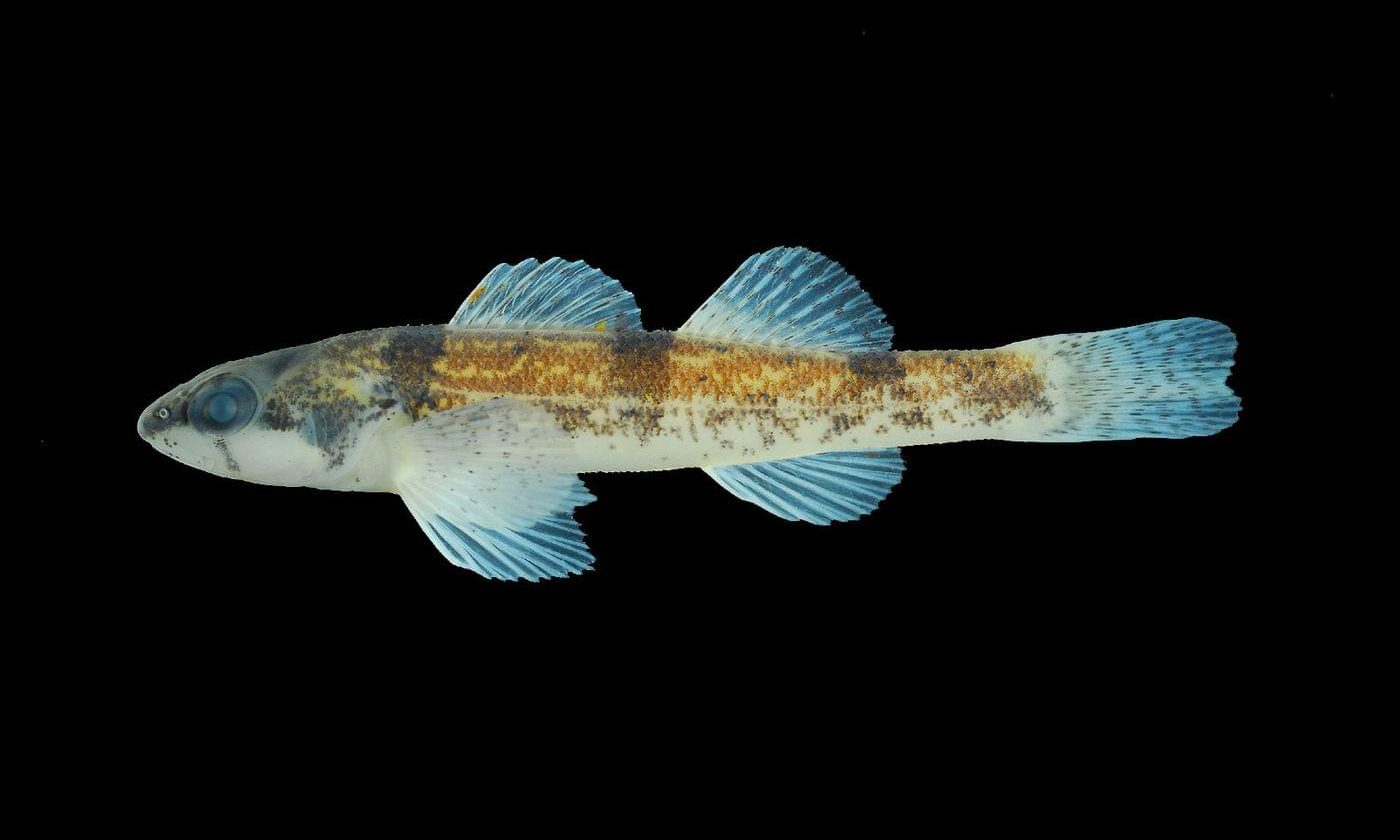By Brandon Moseley
Alabama Political Reporter
Bats throughout the country are dying from the dreaded white-nose syndrome (WNS) and now the U.S. Fish & Wildlife Service confirms in a written press statement that the illness is present at Fern Cave National Wildlife Refuge in Jackson County.
The Fern Cave National Wildlife Refuge is an important wintering habitat for several bat species including the endangered gray bat. Over one million gray bats make Fern Cave their winter home. It is the largest known gray bat colony in existence. Biologist identified several tri-colored bats that have tested positive for white-nose syndrome.
White-nose syndrome was first identified in 2006. Since then it has spread to 22 states and five Canadian Provinces. The disease has been devastating to bat populations and in some caves it has killed 100% of the bats.
According to the F&WS, bats with WNS may exhibit unusual behavior during cold winter months, including flying outside during the day and clustering near the entrances of caves and mines where they hibernate. Some affected caves have had sick and dying bats in unprecedented numbers.
White-nose syndrome is known to afflict seven hibernating bat species, including two federally listed endangered species, the Indiana bat (Myotis sodalis) and gray bat (Myotis grisescens). F&WS reports significant disease-related losses among hibernating Indiana bats. Other species, including the tri-colored bats have also seen high losses.
Currently WNS is not known to be fatal in gray bats; however Fern Cave has the potential for significant losses. The Endangered Species Coordinator for F&WS Paul McKenzie said, “With over a million hibernating gray bats, Fern Cave is undoubtedly the single most significant hibernaculum for the species.” F&WS said that there is a potential for catastrophic losses at Fern Cave.
McKenzie said, “The discovery of WNS on a national wildlife refuge only highlights the continued need for coordination and collaboration with partners in addressing this devastating disease.”
SCCi Fern Cave Property Manager Steve Pitts said, “Since discovering Fern Cave in 1961, members of the National Speleological Society have worked hard to protect it. For over 30 years, NSS members have also been key U.S. Fish and Wildlife Service partners in the effort to protect Fern’s gray bat colony. It’s a huge blow to all of us who love Fern Cave to know that WNS is now there. We hope the gray bats will survive.”
The infected tri-colored bats were discovered on winter surveillance trips, conducted by the U.S. Fish and Wildlife Service and members of the National Speleological Society (NSS) and Southeastern Cave Conservancy, Inc. (SCCi).
The biologists saw the white fungus growing on the muzzles, wings, and tail membranes of several tri-colored bats at the cave. They collected samples and sent them to the histopathology lab at the Southeastern Cooperative Wildlife Disease Study (SCWDS) at the University of Georgia. Fungal DNA was also found from swabs of the gray bats skin.
The gray bat was listed as an endangered species in 1976. It is found only in limestone karst areas of the southeastern United States. The gray bats live in their caves year-round and they live in massive numbers in just a handful of caves.
The potential impact of WNS on gray bats is still unknown.
Fern Cave NWR consists of 199 acres of forested hillside with a massive cave with many stalactite and stalagmite-filled rooms beneath it. Fern Cave is closed to the public. Cavers are being warned that they could be spreading the disease by carrying spores with them on their cloves and shoes. The primary means of transmission however appears to be from bat to bat contact.
F&WS Cave explorers and researchers are being urged to check with the appropriate land manager before visiting any cave. Some caves are closed to protect hibernating bats. F&WS is urging that cave explorer decontaminate their clothing, footwear and gear after caving to reduce the risk of accidental transmission of fungal spores.
For more information visit:
www.WhiteNoseSyndrome.org


















































